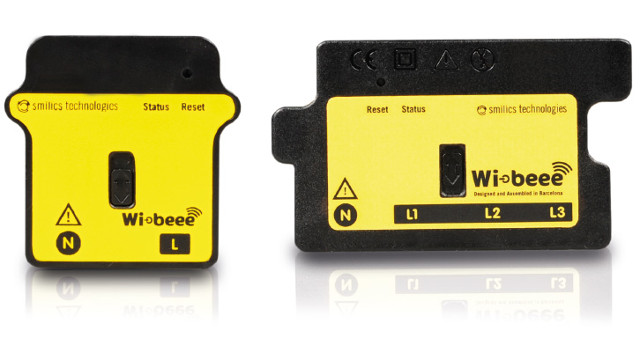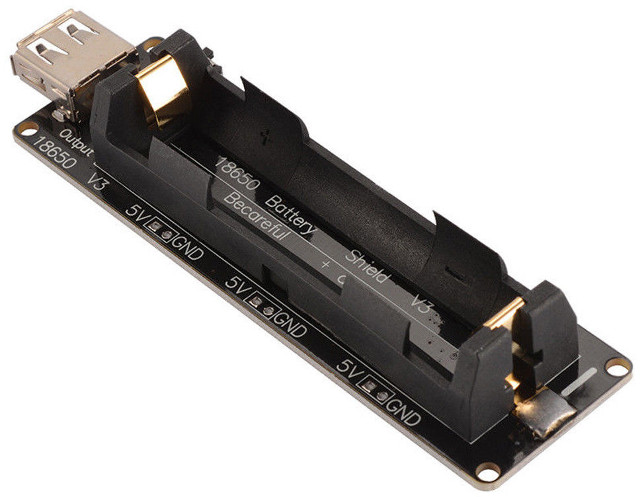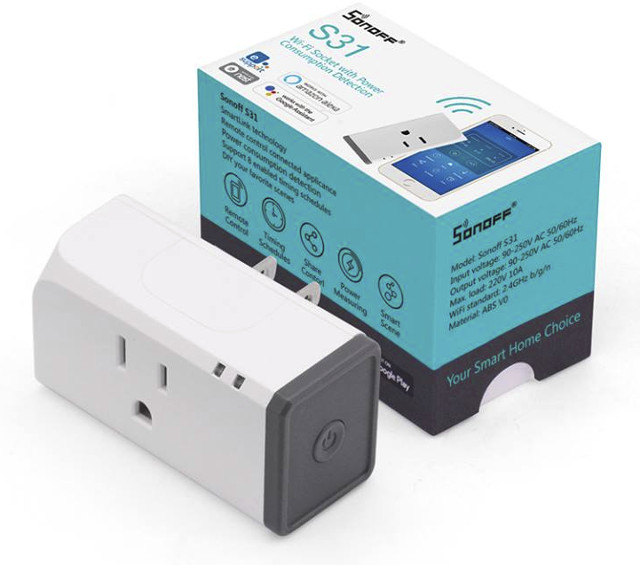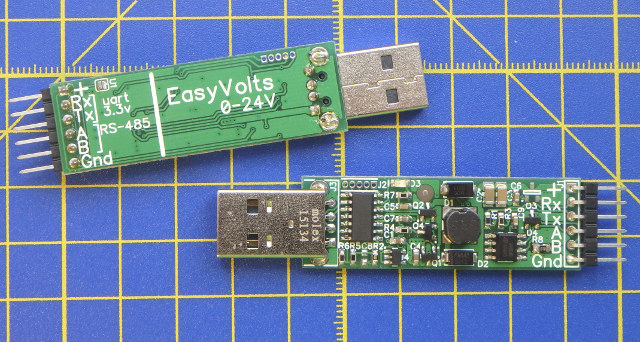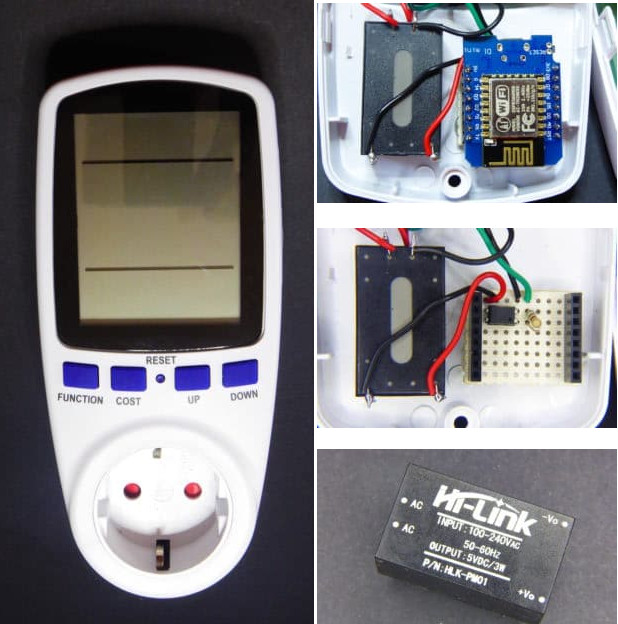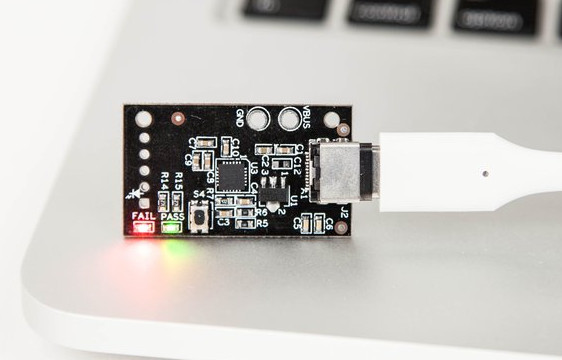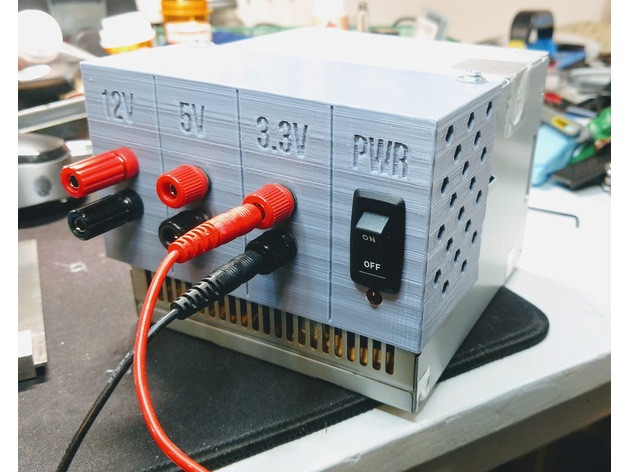We’ve covered several smart plugs or switches capable of monitoring electricity consumption and displaying results right in a smarphone app, or computer’s web browser with products such as Sonoff S31 or Broadlink SP2 WiFi smart sockets, or Sonoff POW switch. Those work for individual plugs, but if you want to cover your full house, you’d need several of those, and in some case it may not be so convenient as no plugs may be available for example for lights or air conditioner. Smilics Technologies has come up with an easier method, although less granular, thanks to their WIBEEE device that clips to your fuse / circuit breaker box using DINZERO “clip-on” technology, and available in single and three phase models. Main features: Voltage Range – 85 to 265 V AC @ 50 ~ 60 Hz with 2% accuracy + variation in range of use depending on temperature, humidity, etc… Current […]
$2 USB “18650 Battery Shield” Powers Arduino, ESP32, and Other Low Power Boards with a 18650 Battery
If you’re looking for battery power for one of your projects, you may consider a “18650 battery shield” – going for just above $2 on Aliexpress or eBay – for powering Arduino boards, Espressif ESP8266 or ESP32 boards, or any board that can be powered by 5V up to 2A via USB or headers, or by 3V up to 1A via headers. Specifications listed on eBay/Aliexpress: Power Input – 5 to 8V via micro USB port up to 0.5A charging Power Output 5V via Type A USB port 3V up to 1A via 3x 2-pin header 5V up to 2A via 3x 2-pin headers Misc – 1 switch control USB output, LED for charging status (green = full, red = charging) Battery protection (Over-charge or Over-discharge) Dimensions – 9.8 x 2.9 cm You’ll need to add your own 18650 battery, and be careful about polarity while installing it, since putting […]
$17 Sonoff S31 Wireless Smart Socket Includes Energy Monitoring Function
ITEAD Studio has just launched another Sonoff Smart Home product with Sonoff S31 WiFi smart socket with energy monitoring. Just like Sonoff switches, light bulbs, and their other products, the device can be controlled using eWelink app for Android or iOS, and supports integration with Amazon Alexa, and Google Assistant. It should be noted that the company only provide a US plug version for now, and so far, there’s no Wiki link, so while it’s likely based on ESP8266 or ESP8285 like their other Sonoff devices, it may not be designed to be easily hackable, although I suspect the electronics may be similar to Sonoff POW switch (TBC). Sonoff S31 hardware specifications listed by ITEAD: Voltage Input – 90~264V AC, 50/60HZ Max. Current – 16A Max. Power – 4200W (Note package above reads max load: 220V/10A) Gang – 1x US type with ground Connectivity – 802.11 b/g/n WiFi with support […]
EasyVolts USB Dongle Outputs 0-24V DC, Exposes UART, GPIO/PWM, RS-485 Signals
A while ago, I wrote about USBminiPower, a USB power supply with 3.3V, 5V, and one variable DC output up to 14.3V adjustable with a rocker switch, and equipped for a 4-digit LED display showing current intensity and voltage. But recently, I was made aware of another USB power supply – EasyVolts USB dongle – that supports 0 to 24V DC, and also exposes either UART pins, or RS-485 signal, plus two GPIO/PWM pins. EasyVolts specifications: USB – 1x USB port for power, communication Power Supply function: Input voltage: 5V from USB port Output voltage: 0-24V Max output current: 1A Max output power: ~2.4W (e.g. 24V/0.1A; 3.3V/0.55A) Voltage resolution: <50mV Current resolution: <2mA I/O expansion 4- pin to be used as UART (Tx/Rx) or RS-485 + 2x GPIO/PWM UART – speed: 300-230400 bit/sec; resistance of Tx/Rx pins: 300 Ohm PWM – Base frequency: 240kHz.; frequency division configuration: 1-65535; duty cycle […]
ESPurna Firmware Now Supports Power Meters “Augmented” with ESP8266 Modules/Boards
Sonoff-Tasmota and ESPurna are the two main open source firmware used in home automation devices, such as Sonoff wireless switches, based on Espressif ESP8266 WiSoC. Xose Pérez – aka Tinkerman – has recently purchased “dumb” power meters / kill-a-watt meters, added WiFi to them with ESP-01 module and Wemos D1 mini board, and implemented support in ESPurna firmware leveraging earlier reverse-engineering work by Karl Hagström. The power meter above looks exactly like the one I’ve been using for review for over two years, and has been more more reliable than other models, such as Broadlink SP2 (with built-in WiFi) that gave up on me after a few months. Xose actually noticed that old and newer models of the power meters were based on different solutions. Karl’s meter relied on ECH1560, while Xose’s new meter was instead based on Vango V9261F, which has a public datasheet, and was already being worked on by […]
USBCEE Tiny-PAT Board Helps Testing USB-C Power Adapters (Crowdfunding)
USB power delivery allows for up to 100W charging using 20V @ 5A through a USB type C port, and the specifications also mandate supports for various voltages between 5V and 20V. However, some USB-C power adapter that not be fully compliant with the specifications, potentially risking to damage your device. USBCEE Tiny-PAT board has been created in order to test such power adapters to make sure they are compliant with USB PD 2.0/3.0 specifications. Tiny-PAT board features and specifications: Supported USB Spec Version – PD 2.0 / PD 3.0 Max Voltage: 24 V Max Current: 5 A Max Power: 100 W USB type C receptacle Misc – Fail and Pass LEDS, S4 mode button, through holes for VBUS & GND Power Consumption: ~10 mA (may vary based on voltage) Dimensions – 35 x 20 mm By default, the board will test all power rules advertised by the power adapter, […]
Convert an old ATX Power Supply into a Bench Power Supply with (or without) 3D Printed Parts
You may own one or more old computer towers with an ATX power supply that just gather dust, but since the ATX connector provides +12V, -12V, 5V, 3.3V and GND signal it could be converted into an bench power supply. People have been doing this for a while, but elliotboney’s solution looks neater than most with a 3D printed part that’s attached on top of the power supply. Once you have printed the part, which may need to be adapted to to your power supply, you just need a few banana jacks, and a power switch before connecting with the cables: I basically kept 3 wires of each voltage, a 3 black wires for each ground. So 3 yellow for 12V, 3 Red for 5V and 3 Orange for 3V. Any extra wires I cut as close to the board as possible and put a little piece of heat shrink […]
ARM Chromebooks Run Android Apps Better, Exhibit Longer Battery Life than Intel Chromebooks (Study)
Google has been working on supporting Android apps and the Play Store on Chromebooks, which are normally sold with either ARM or Intel processors. So the ability to run Android apps well is one of the things to consider before purchasing a Chromebook. Shrout Research has published a paper entitled “Chromebook Platform Choice Important for Android App Performance” comparing an Acer Chromebook R13 with a Mediatek MT8173C ARM Cortex A72/A53 processor to Acer Chromebook R11 with an Intel Celeron N3060. The Intel Chromebook has a smaller resolution so this could be an advantage, so less resources are needed to update the display. However, the ARM processor is significantly more powerful than the Intel one according to GeekBench results, and Chromebook R13 is sold for $399 on Amazon US, while Chromebook R11 goes for $299 (and lower during promotions). So it’s not a perfect comparison, but it should give an idea […]


